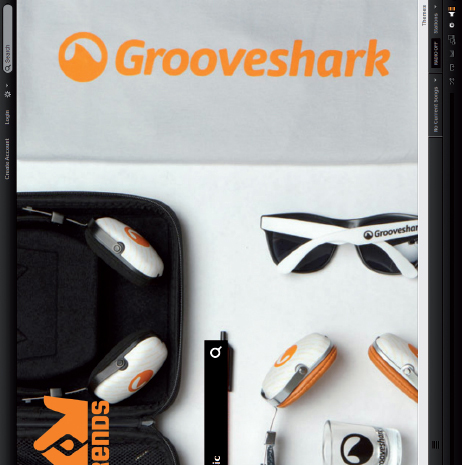CONVERGING MEDIA: Streaming Music
Printed Page 183
CONVERGING MEDIA
Case Study
Streaming Music

Broadcast and satellite radio draw in most of their listeners because being wireless enables them to be mobile. Online music streaming services like Pandora, Spotify, Rdio, MOG, and Turntable.fm have gained fans as they’ve enabled listeners to customize their experience. More recently, streaming’s ability to also be wireless—particularly as the services are accessed via WiFi and mobile phones—puts them in direct competition with radio broadcasters.
One of the oldest of these services, Pandora Radio, launched in 2005 and provides an experience similar to broadcast and satellite radio, but without a human DJ. Pandora selects songs based on an analysis of up to four hundred attributes that company employees index and categorize. Listeners can create up to a hundred personalized stations with key words (Outlaw Country), artists’ names (Johnny Cash), or even a song (“Someone Like You”). After creating the station, Pandora streams music with genomes that match the station’s name. The service has more than 900,000 tracks available to listeners. By 2012, Pandora had more than 125 million users and a 68 percent market share of Internet radio listening (and, a number of cars are now built with Pandora applications).1 Like its broadcast counterparts, Pandora licenses its songs from music rights organizations like ASCAP and BMI, and pays royalty fees on the songs it streams.
The radio industry has responded to the Internet radio start-ups with its own streaming start-up. Leading radio corporation Clear Channel Communications unveiled its iHeartRadio service (www.iheart.com) in 2008, putting more than 850 of its stations from around the country on a free streaming service, and also allowing listeners to create their own custom stations by artist, song, or genre. In 2011, Clear Channel signed an agreement with Cumulus Radio to add its 570 stations to the iHeartRadio lineup.
With social media such as Facebook and Twitter, listening to music on the Internet has become a social experience. By 2011, with Turntable.fm, Internet radio listeners could share music and listen simultaneously in chat rooms. Then, in 2012, Facebook created its “Listen to Music With Your Friends” feature that identifies the songs a user’s friends in chat are listening to on streaming services like Spotify and invites that user to listen simultaneously.2
Radio’s technological convergence puts it in a unique position. On one hand, it remains the most local of media, where DJs can break into the playlist to provide live traffic, weather, and news updates, or broadcast live from a community event. On the other hand, radio now can be the most global of media, streaming programs around the world, while still enabling far-flung friends to share a song together. As such, music can become more social without listeners going to a club or a concert; in many ways, convergent media are not only reinventing traditional forms of entertainment, but also changing what it means to be social in the twenty-first century.